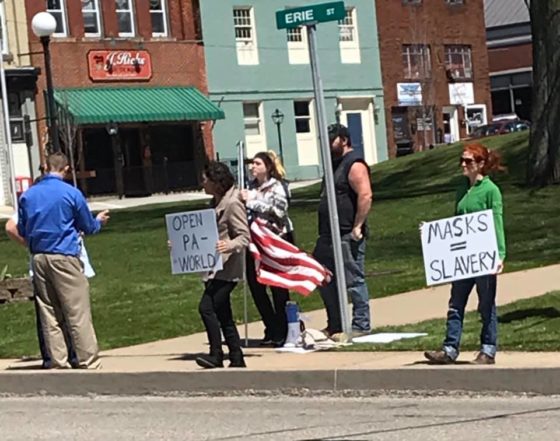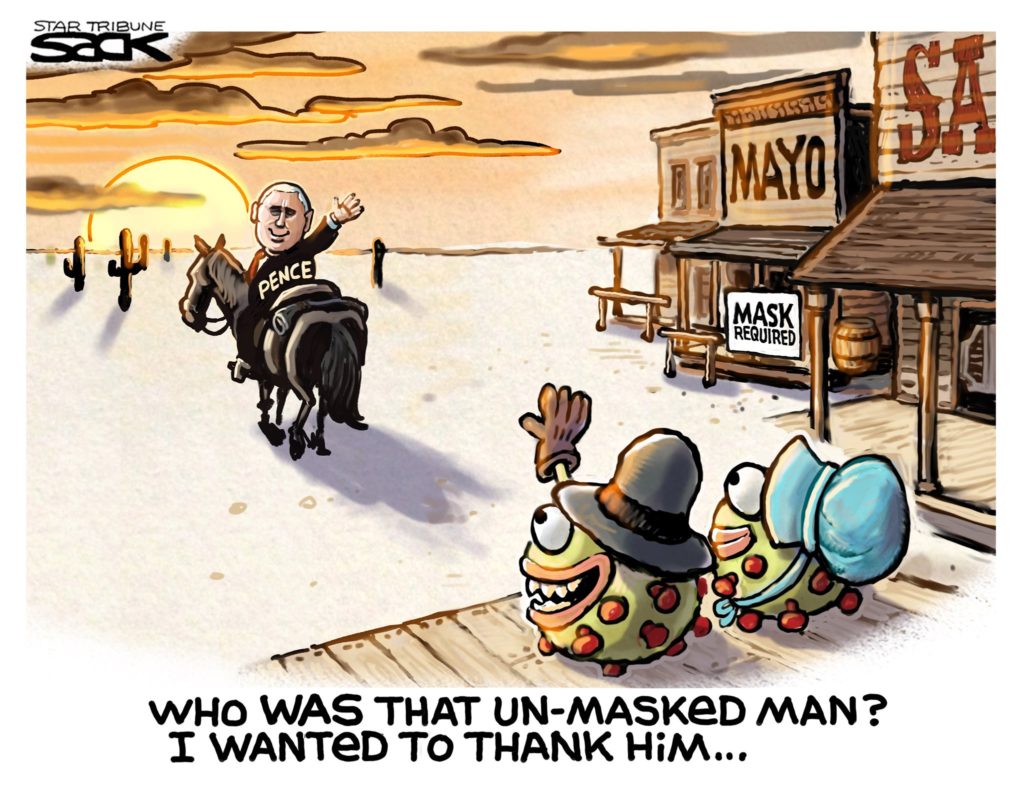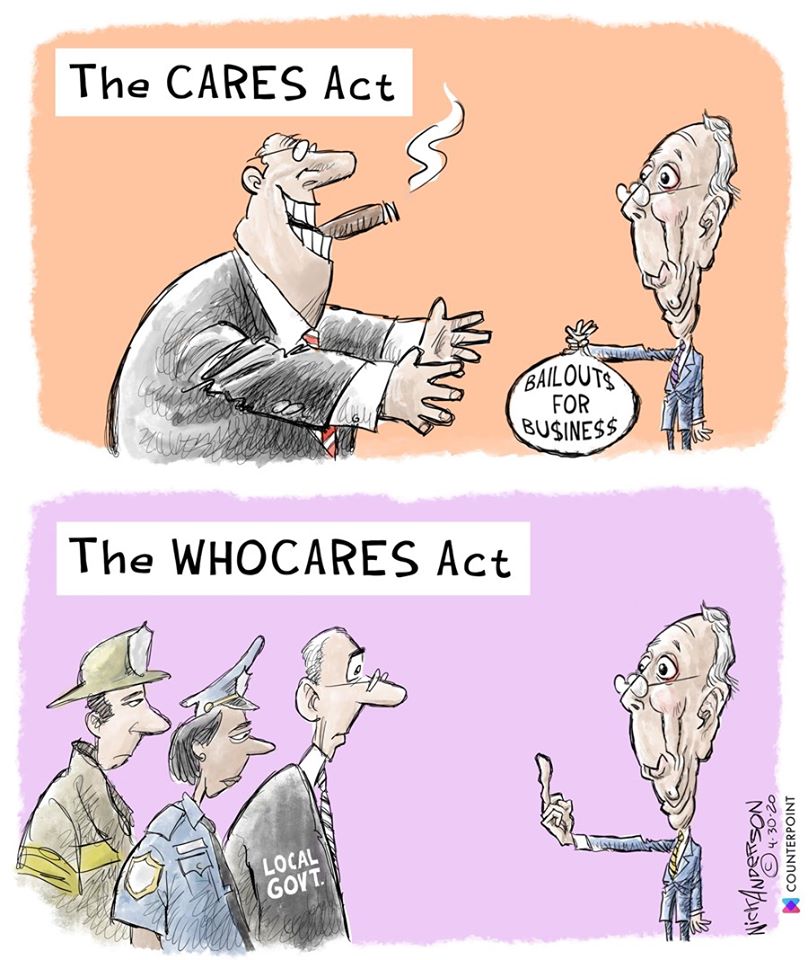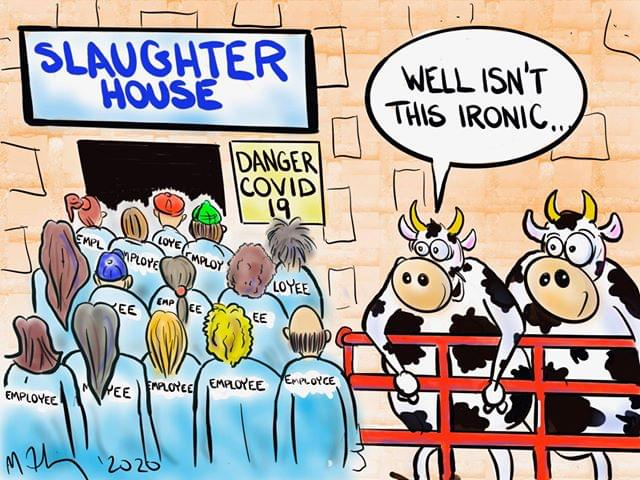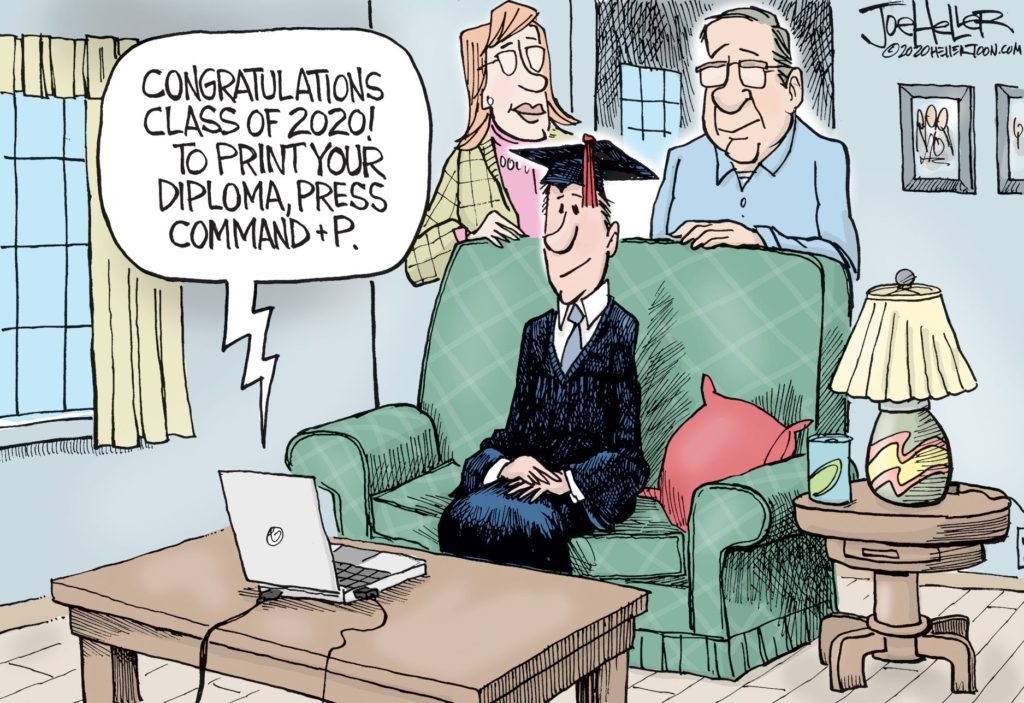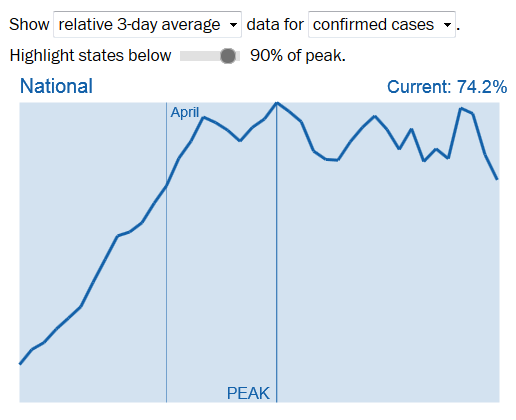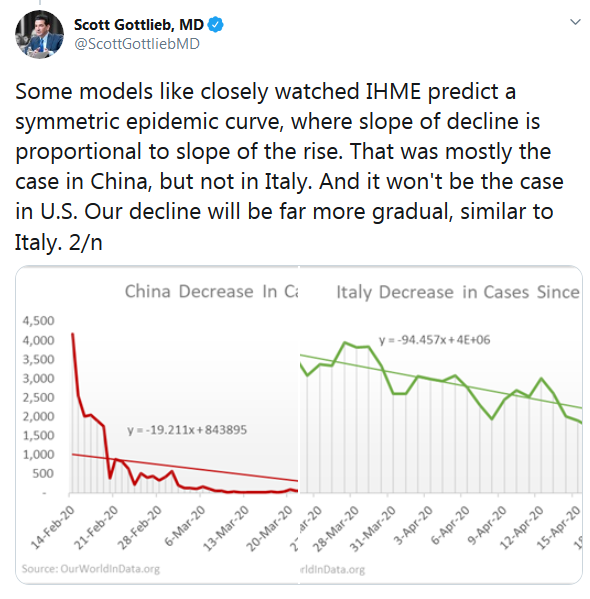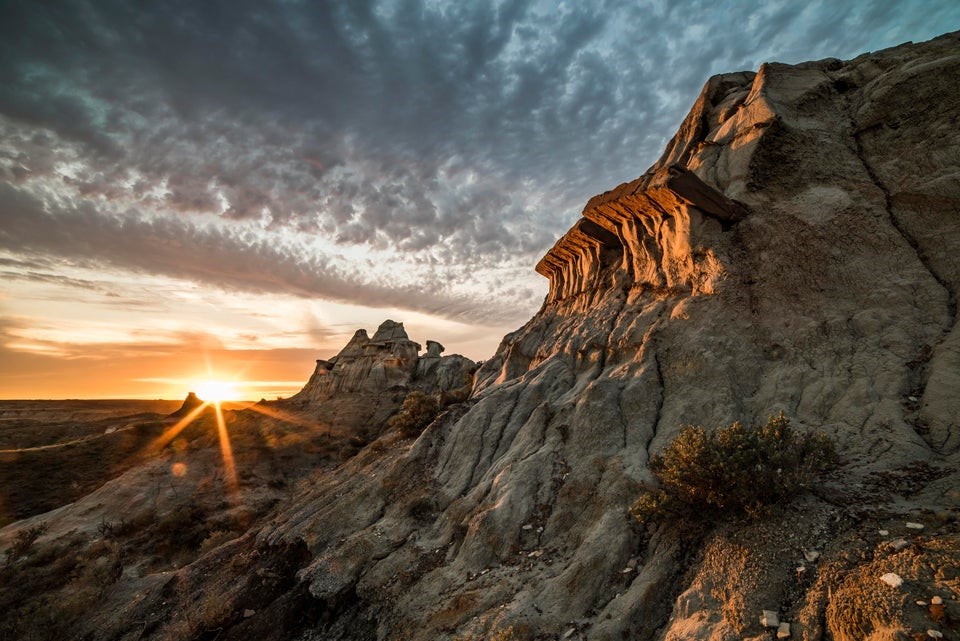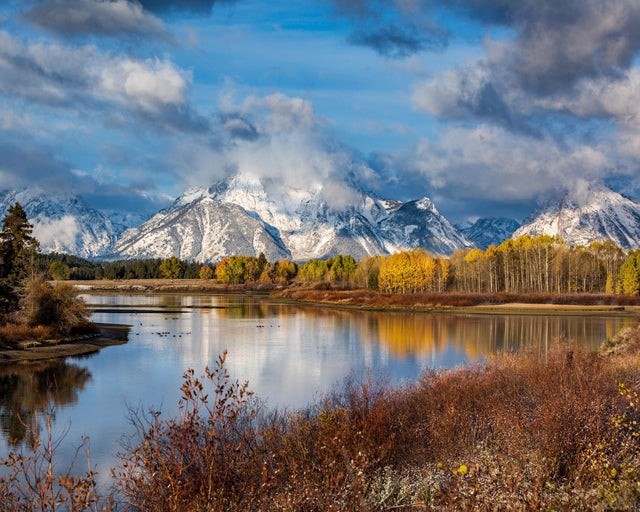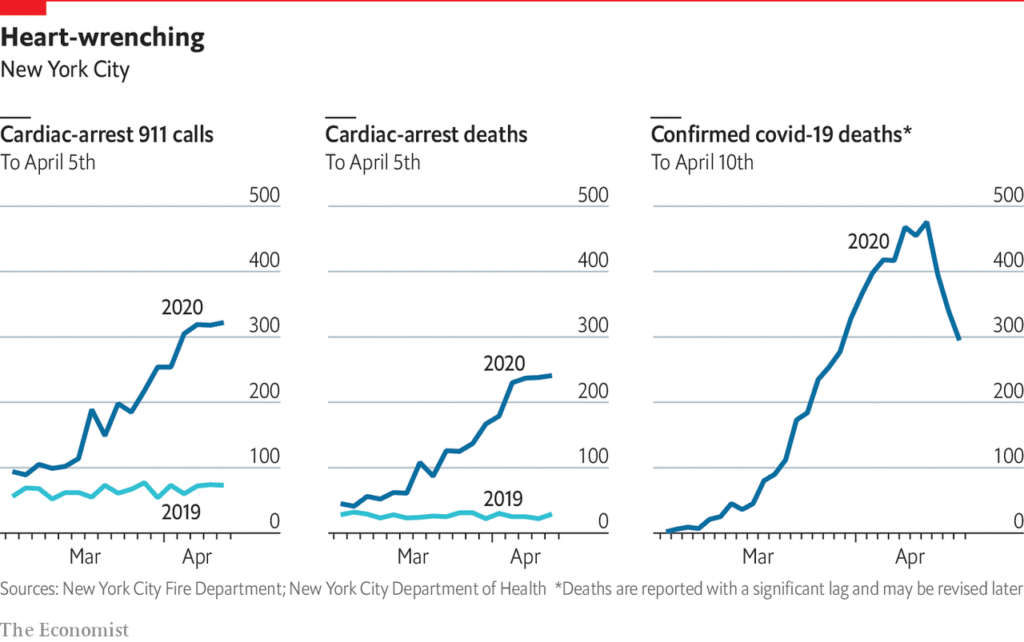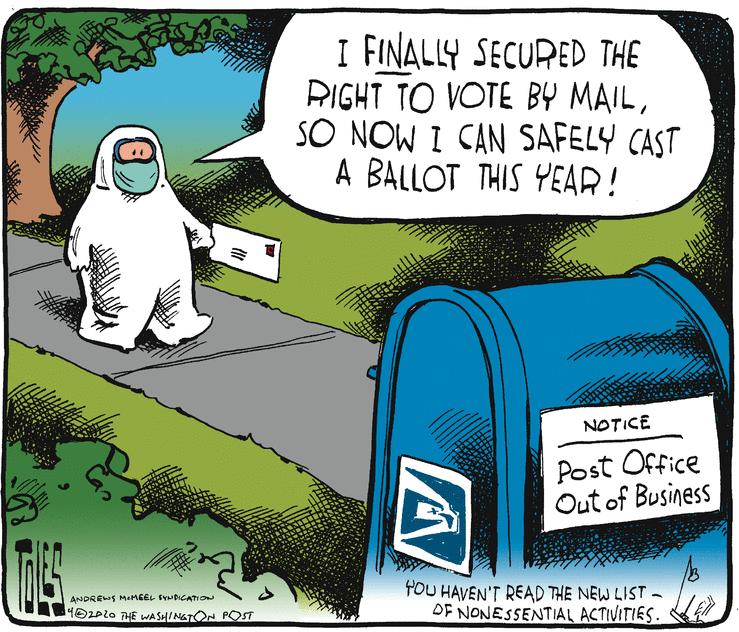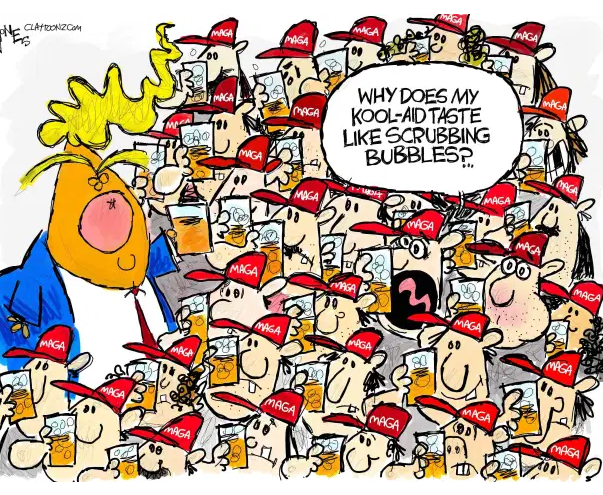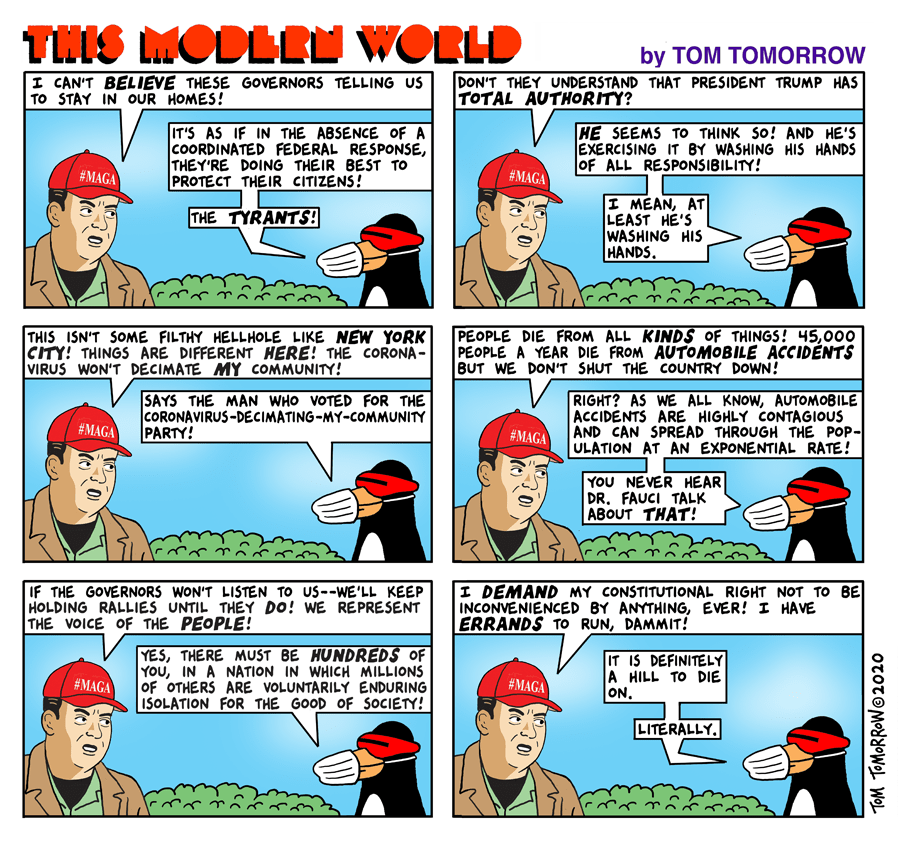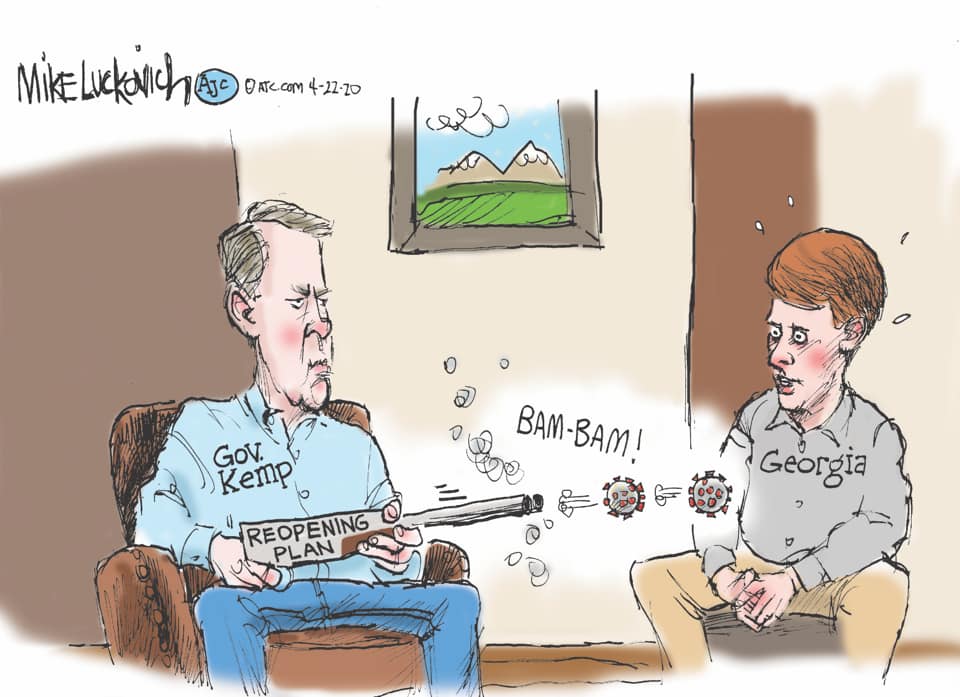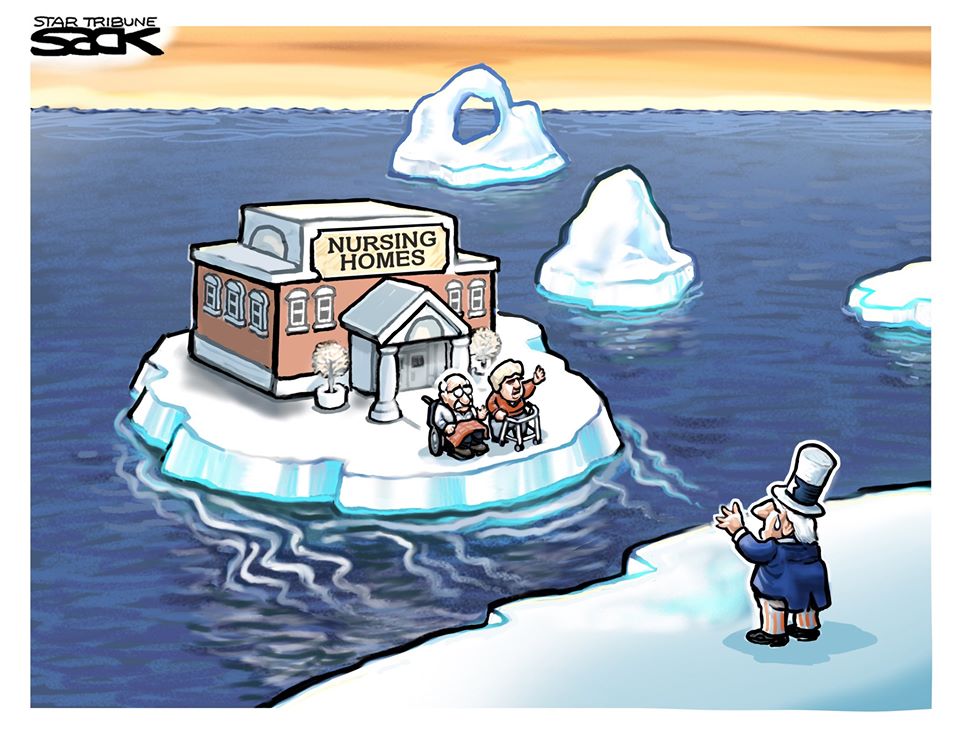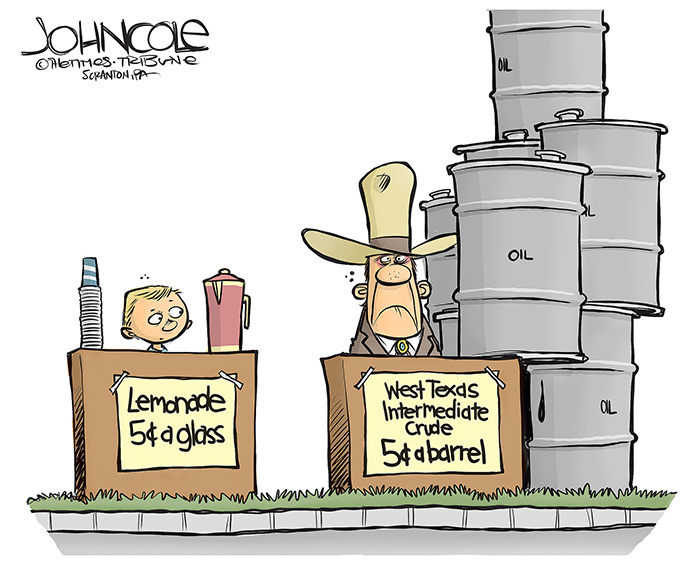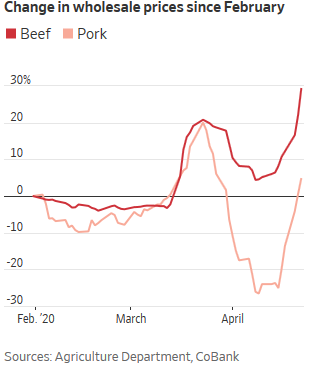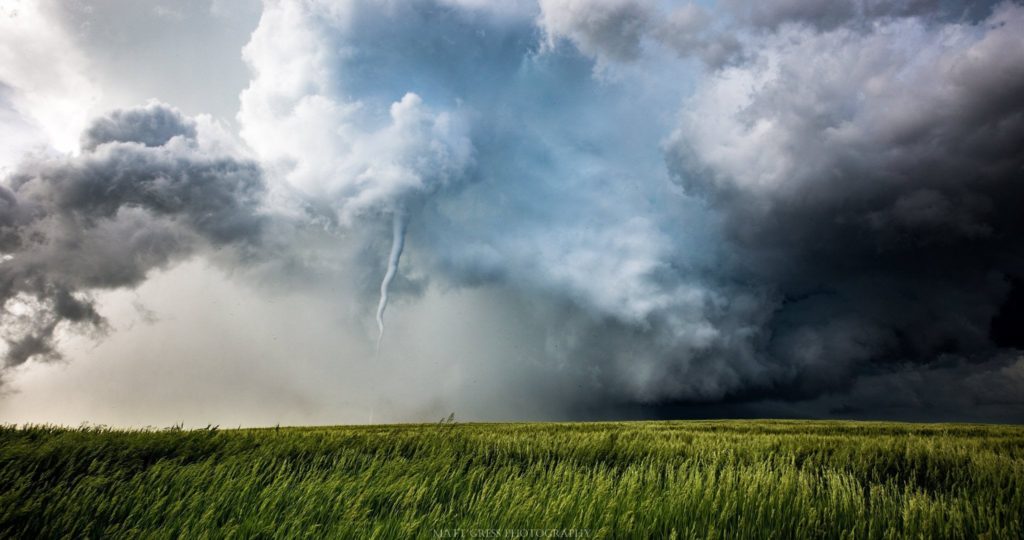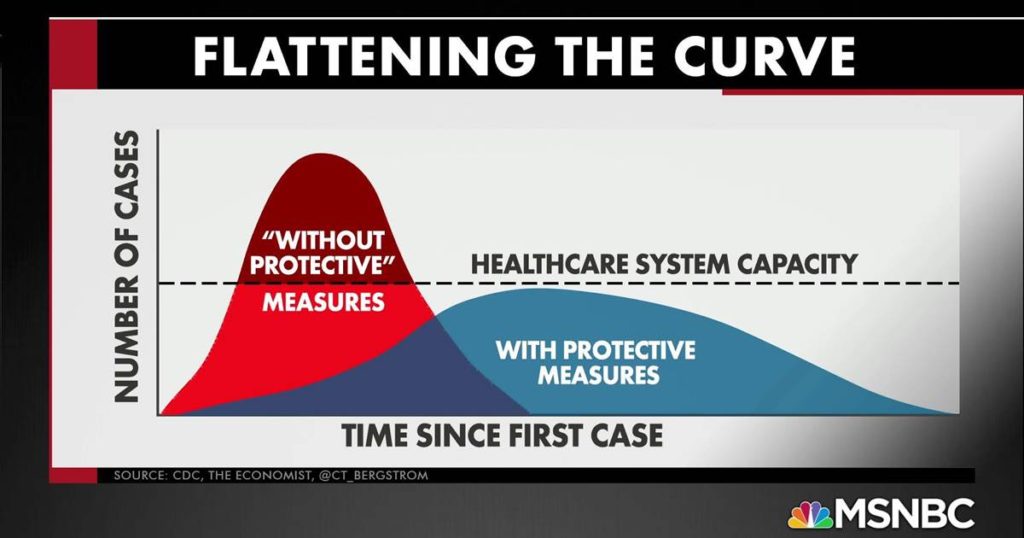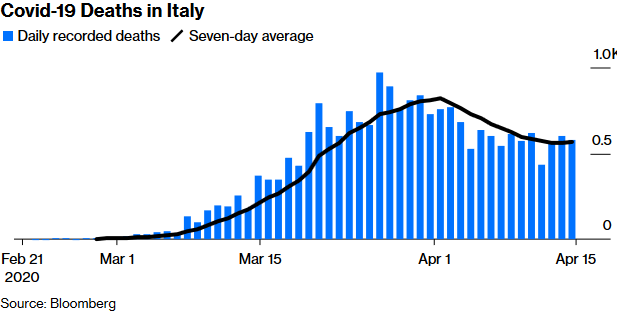The Daily Escape:

Hummingbird with bee balm – 2014 photo by JH Cleary. Hummingbirds arrived on the fields of Wrong yesterday.
When was the last time that America got its act together when it needed to? It’s been a very long time, probably not since WWII, or possibly, during our effort to immunize everyone, once there was a polio vaccine. That’s between 65 and 75 years ago.
We didn’t get our act together during the Vietnam era. We’re reminded of that with yesterday’s 50-year anniversary of the Kent State shooting in 1970, when four unarmed college students were killed by soldiers of the Ohio National Guard. It was a small, but significant tragedy that became a part of a greater national tragedy, the Vietnam War.
We didn’t get our act together after 9/11 when we attacked Afghanistan and Iraq. Like Vietnam, we’ve been losing to people who wear sandals and fight with antique weapons, for 50+ years.
These aren’t the only examples. New Orleans was whacked by Hurricane Katrina, but a week later, survivors were still sitting on roof tops surrounded by floating corpses. Even now, 15 years later, there is still evidence of damaged buildings in the city’s 9th Ward.
We haven’t gotten our act together to fight the COVID-19 pandemic. We’re currently seeing 1,750+ deaths per day. While the death toll is dropping in NYC and NJ, it’s rising pretty much everywhere else. Here’s a chart showing the growth in cases, not deaths:
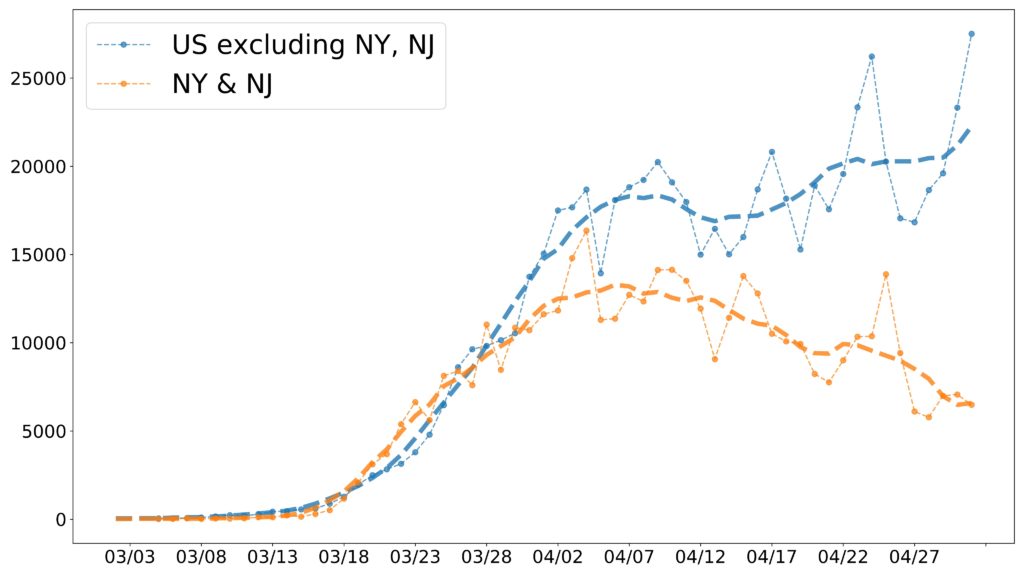
The dotted lines are a 7-day moving average, which allows us to see the trends more clearly. Politicians outside of the NY metropolitan area who are busy relaxing restrictions look like they’re simply giving up and pretending it’s over, when it isn’t. Ohio Gov. Mike DeWine (R) is dropping requirements that residents wear masks. It is now a “strong suggestion”. Kentucky Gov. Andy Beshear (D) wants residents to wear masks starting May 11, but will not enforce it.
Getting our act together has never been a feature of America’s Coronavirus fight. A depressing story in the New Yorker, “Seattle’s Leaders Let Scientists Take the Lead. New York’s Did Not”, sheds light on Seattle’s response vs. New York City’s. Although the initial coronavirus outbreaks emerged in both cities at roughly the same time, by the second week of April, Washington State had about one recorded fatality per 14,000 residents. New York’s death rate was nearly six times higher.
The article describes how Seattle’s political leadership followed a tried and tested CDC playbook for epidemics, called the CDC’s Field Epidemiology Manual, which places public health and scientists at the core of the response. New York’s mayor DiBlasio cut NYC’s public heath bureaucrats out of the loop. In early March, both NYC’s mayor and NY’s governor Cuomo were giving speeches de-emphasizing the risks of the pandemic, as the city was announcing its first cases.
This partially explains why Washington State has less than 2% of coronavirus cases in the US, while NY has 27%.
We’re all familiar with the confusion of message and policy sown by Trump as the primary national spokesperson for the pandemic, a person notoriously hostile to science. His team includes Mike Pence, Dr. Fauci from the NIH, Dr. Deborah Brix from the State Department, and Jared Kushner, from the family. With contributions from Mike Pompeo and Steve Mnuchin.
The New Yorker quotes Dr. Tom Inglesby, director of the Center for Health Security, at Johns Hopkins:
“When there are so many different figures, it can cause real confusion about whom to listen to, or who’s in charge of what….And, if the response becomes political, it’s a disaster, because people won’t know if you are making recommendations based on science or politics…so there’s the risk they’ll start to tune out.”
From the NYT:
“As President Trump presses for states to reopen their economies, his administration is privately projecting a steady rise in the number of coronavirus cases and deaths over the next several weeks. The daily death toll will reach about 3,000 on June 1…nearly double from the current level of about 1,750.”
Math tells us that this will amount to about 81,000 more deaths by then, making the total somewhere around 150,000, assuming that the death rate remains on its current trend.
Should we expect that America will continue to flub it’s response to the pandemic? If so, Aaron Sorkin and Jeff Daniels will have to re-do the famous opening scene from “The Newsroom” where Daniels says “America is not the greatest country in the world anymore”:
Since we haven’t gotten our act together for so long, a failure to control the 2020 COVID-19 pandemic will be depressingly similar to the tragedies of the past.
Failures of leadership, coupled with warring political factions who refuse to work together for a common good.


